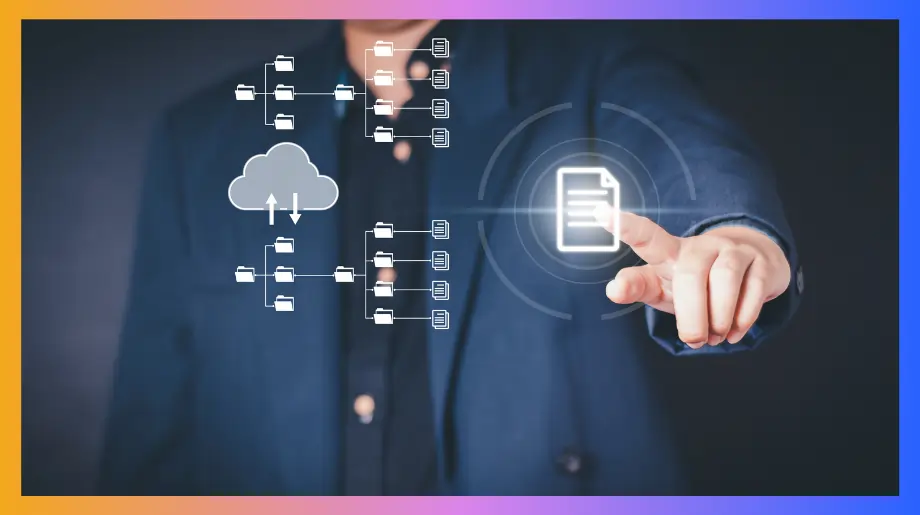Identity and access management (IAM) solutions not only identify, authenticate, and control access for individuals who will be utilizing IT resources but also the hardware and applications employees need to access. Identity and access management system provides tools to help organizations to verify the identities of the people and organization devices trying to sign in and ensures that verified users have right access to the right resources.
What are Technical Aspects of the IAM System?
Directory Services:
- Directories services are databases that store and maintain information about the user and their resources. By centralizing this data, it ensures smooth operations and secure access for everyone.
- Enable secure access for employees across their organization with privileged access management and seamlines lifecycle management from onboarding to offboarding.
- Popular directory services used in IAM Active Directory(AD), lightweight Directory Access Protocols(LDAP), AWS directory Services , Azure Active Directory(AAD), Google Cloud Directory Sync service that helps organizations synchronize user identities and groups from their on-premises directories.

Authentication Protocols:
- Authentication protocols are the gatekeepers of your digital world, when you want to access resources these protocols verify your identity and devices like showing your ID card at entrance - once it's verified and you're granted access.
- An authentication layer ensures that users are who they claim to be when accessing applications, it also enables single sign-on, allowing users to authenticate once and access multiple services without repeated logins.
Identity Data Synchronization:
It involves keeping user identity information consistent across various platforms and applications within an organization. some text
- Attribute Synchronization: Ensure that specific user attributes (like first name, ID card, or group) are consistent across systems.
- Meta Synchronization: Combining multiple directories into a single meta-directory for unified management.
Role - Based Access Control:
- Consider a business where various roles exist, each role has specific access permissions to resources ensuring users can only access what they need for their work authentication. This simplifies business management and enhances securities by minimizing unnecessary access rights.
User Provisioning and De-provisioning :
- User provisioning covers up setting and managing user accounts with the necessary permissions for their roles access, often utilizing automated systems for efficiency, de-provisioning conversely involves removing access and deleting accounts when no longer activity, ensuring former personnel can't access privacy data.
Security and Encryption:
- Security strategies to protect against unauthorized access and cyber threats, utilizing tools like firewall and access controls, meanwhile encryption secures data by transforming into a coded format, decipherable only with a specific key.
Integration API and Standards:
- Identity and Access Management systems are equipped with integration APIs and supports standard protocols such as SAML, OAuth, and OpenID connect to facilitate integration with various applications, directories and identity sync.
Self-Services Capabilities:
- Many IAM systems comes equipped with self-services options, enabling users to independently reset their passwords, modify their personal details and seek access to various resources, all without the need for administrative assistance.
Conclusion:
By managing identities and controlling access to resources, safeguarding confidential information, adhering to regulatory mandates, and enhancing user interactions are the cornerstones of Identity and Access Management systems. The success of these systems hinges on meticulous strategy, definitive policies, and continuous oversight.






















